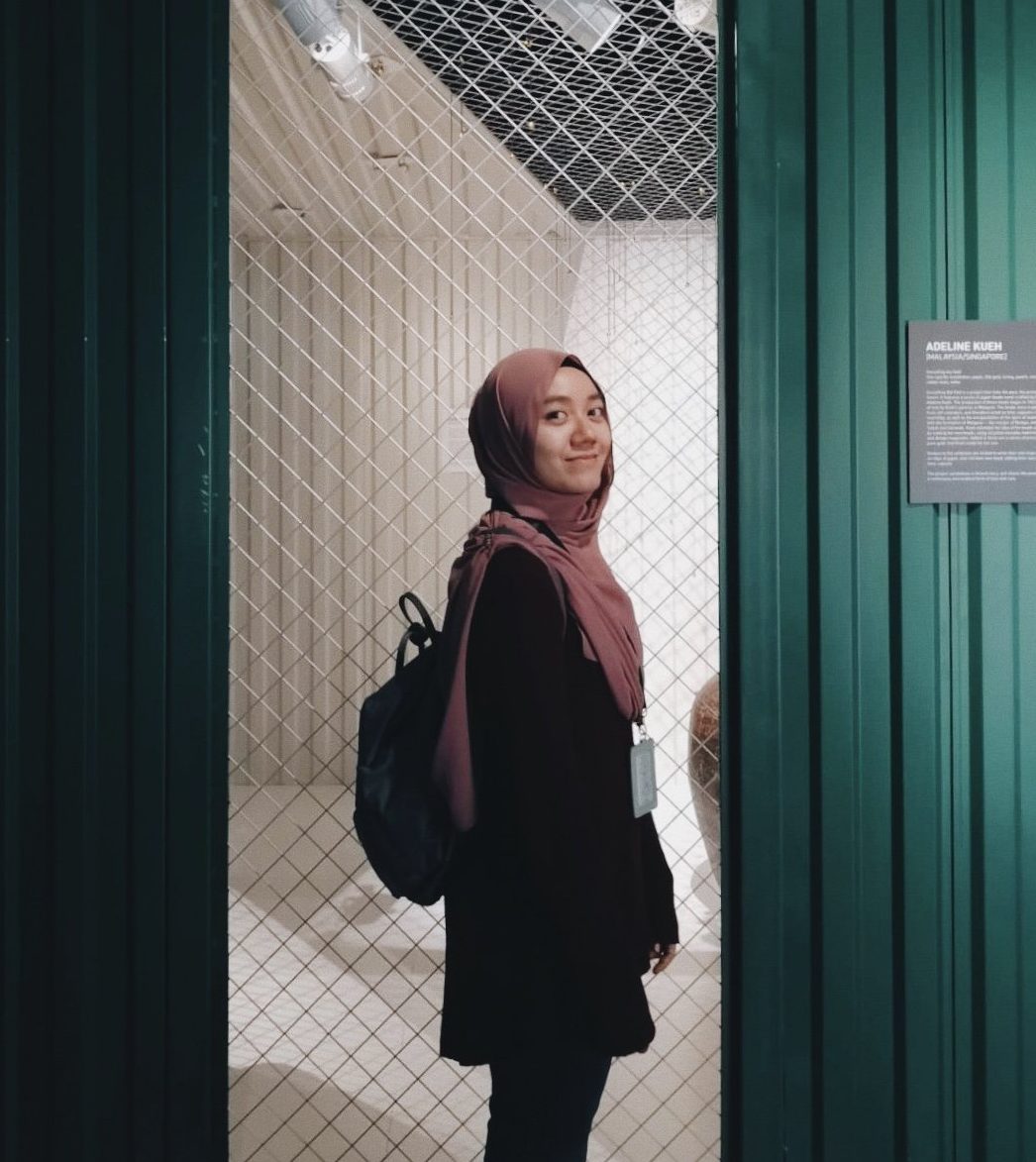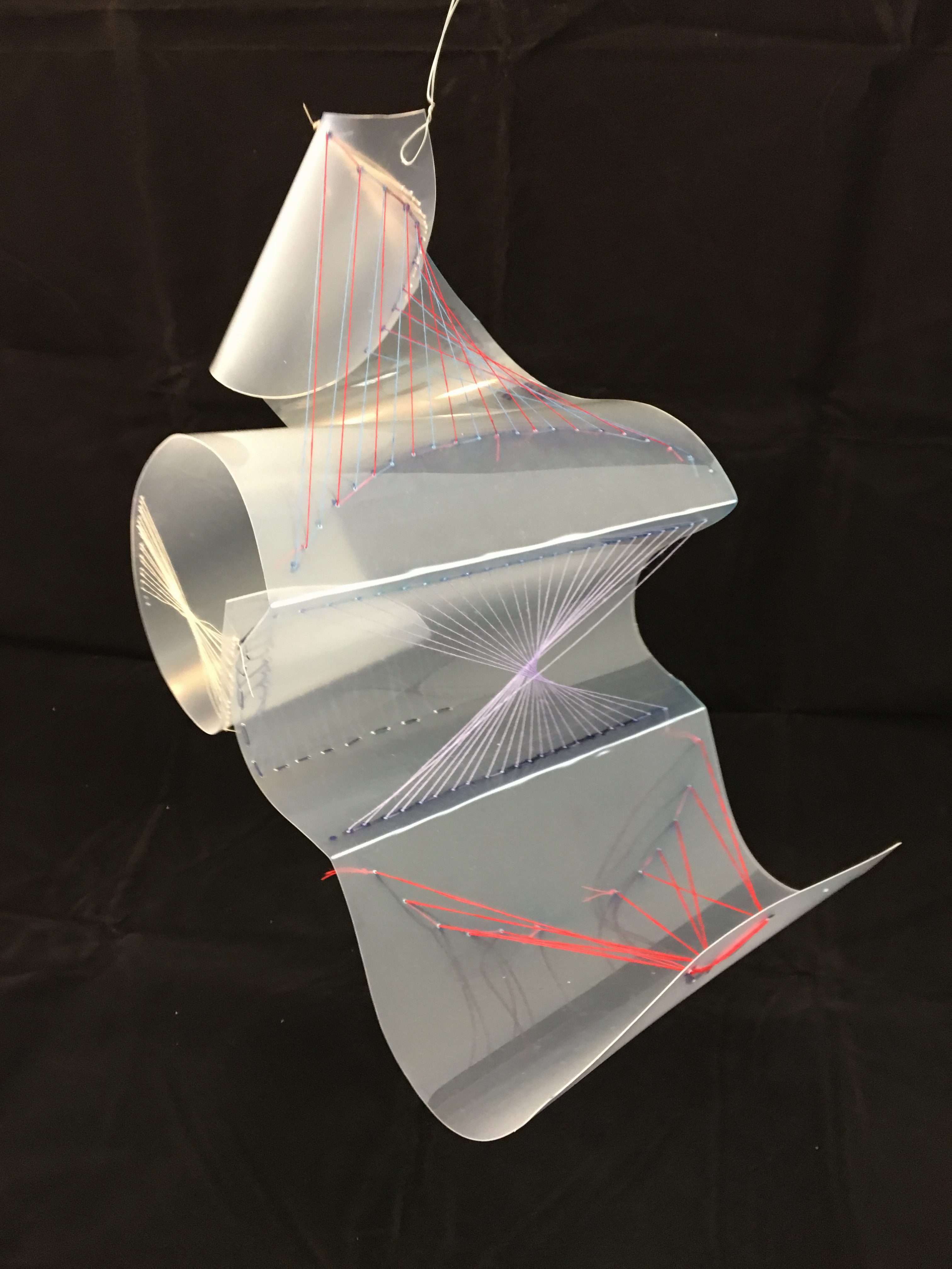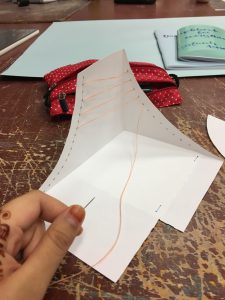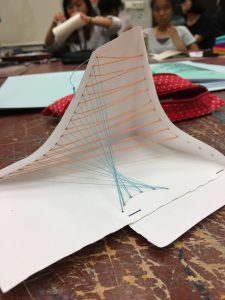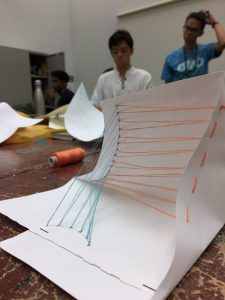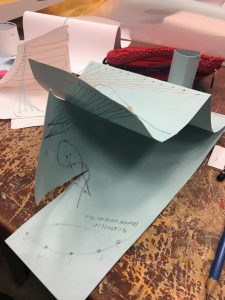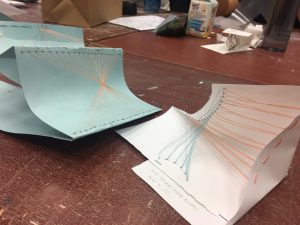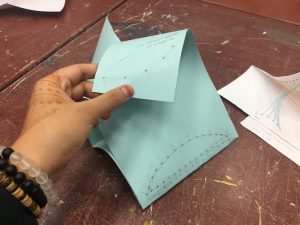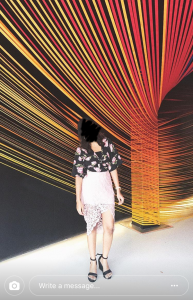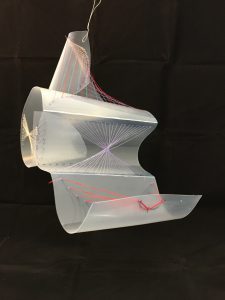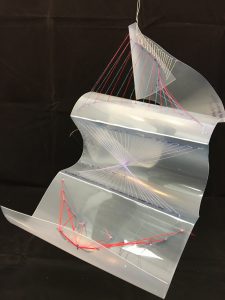In this project, we’re required to focus on different various typography of our own and infuse it to an occupation. I’ve decided to choose the 4 different occupations.
PRESCHOOL TEACHER
JAZZ MUSICIAN
ICE SCULPTOR
ENGINEER (PRINTED CIRCUIT BOARD)
I’ve made some research and found trends amongst the different occupations.
PRESCHOOL TEACHER:
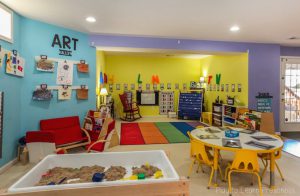
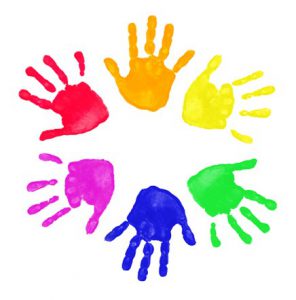
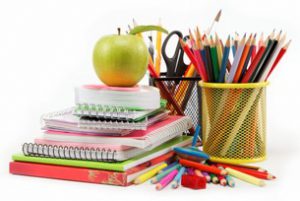
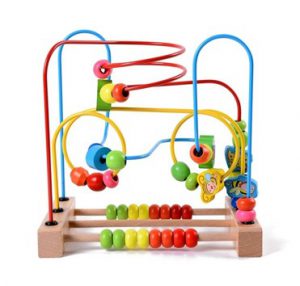
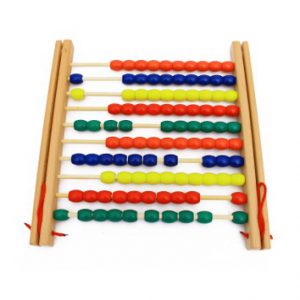
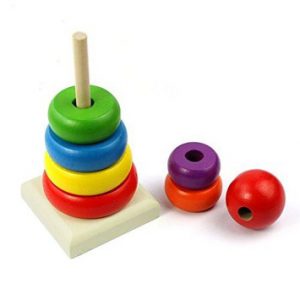
As you can mostly see, most of the things in a preschool classroom are mostly brightly-coloured and are of soft edges since babies/toddlers can’t be around sharp objects and toys. Since a preschool is mostly for babies and toddlers, their toys are mostly of educational purpose that trains their mind and movement.
JAZZ MUSICIAN:
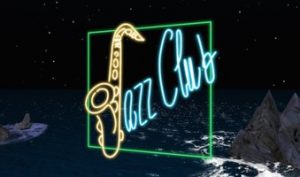
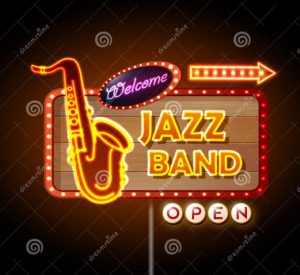
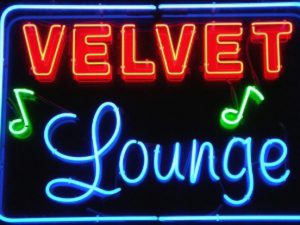
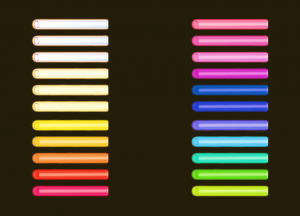
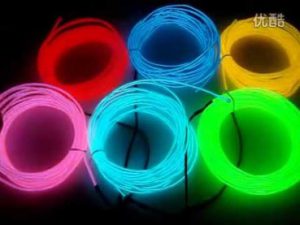
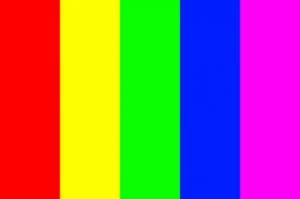
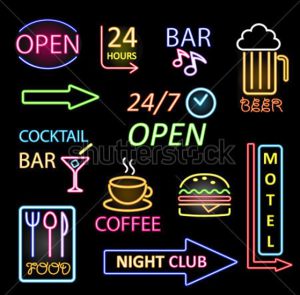
Most of the neon lights have a glow to them which makes it noticeable that it is a neon light and not just a regular light stick. The brighter it is, the stronger the neon light will be. Most of the fonts used in this are sans serif, smooth and informal. If there’s more than one word in the signage, multiple fonts are used so that it does not look too dull. As for the colours, they are mostly of primary colours such as blue, red, green, yellow, orange, purple and pink (this is an exception). Most fonts for Jazz clubs use blue colour and are of cursive San serif font for their signage.
ICE SCULPTOR:
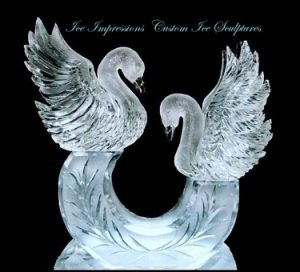
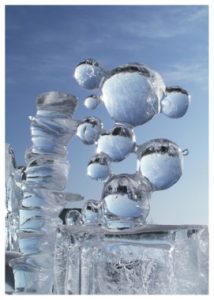
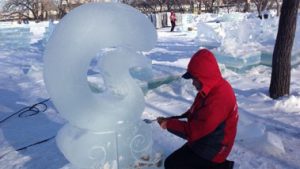

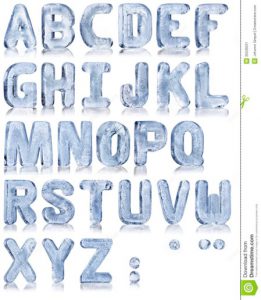
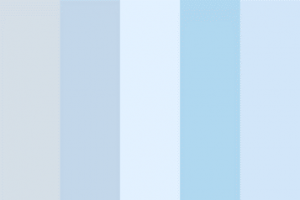
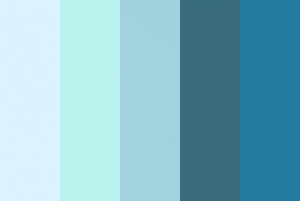
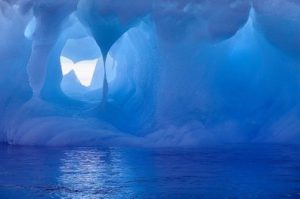
The colours used are mostly of cool tones, mainly of the blue shade. There’s different type of ice too. Some are transparent whereas some are frosted. The placement of elements for each ice sculpture are different too. Some are placed side by side whereby some are stacked on top of each other. The fonts used are mostly thick and bulky as thin ice chips away too easily. It will be a tedious job to find the proper texture for this but I will try my best.
ENGINEER (PRINTED CIRCUIT BOARD):
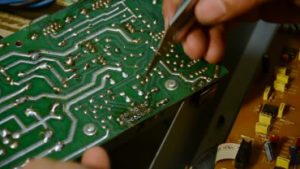
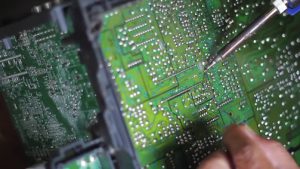
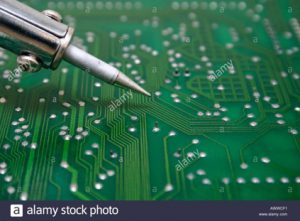

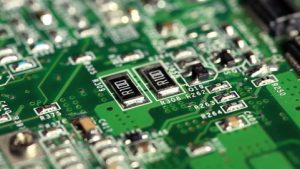
Soldering is very important in an engineer’s life. It is what keeps everything together in a electrical component. Electrical appliances such as phones and laptops require this important . I’m planning to use the different components such diodes, capacitors and resistors to add on to the typography. The main font will mostly be connections of wires and solderings. The colour used is mostly of green and metallic grey.
Let’s hope what I have in mind will be executed nicely!
